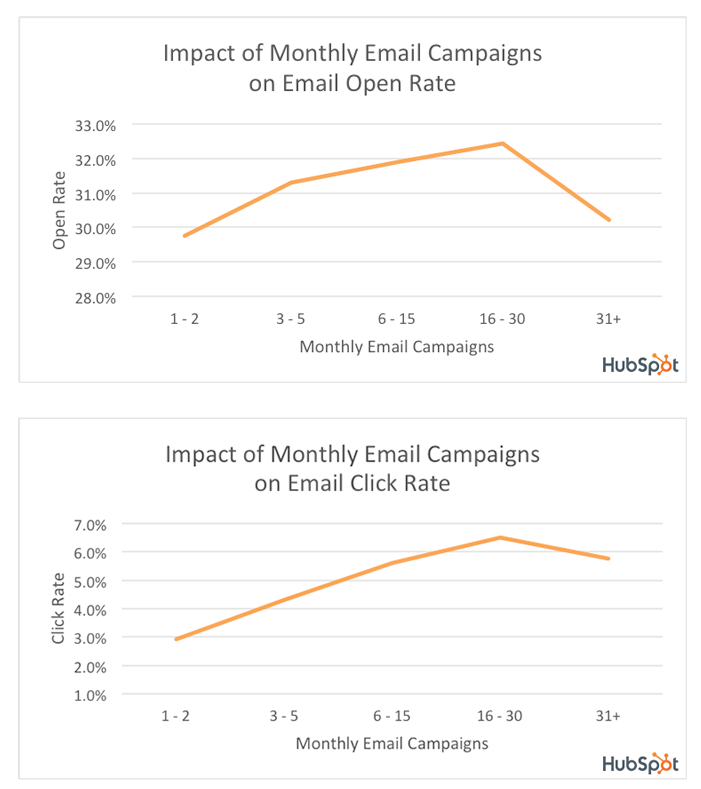
How to find new opportunities in your closed lost deals
Apr 08, 2020
Email used to be the go-to platform for sales and marketing people wanting to reach prospective customers.
But times have changed, email is less effective than ever and new ways to communicate are enjoying prominence.
So, can email work for you better?
The answer of course is YES. As long as your use of email is relevant and timely then the results will far exceed the scatter-gun approach of old.
Here's how you should use email to get the best results:
1. Never send an email to a completely cold contact
The ability to search for what we want when we want it is second nature now, that means we pretty much resent unsolicited emails trying to sell us things. "If we want it we'll look for it thank you!" So your email will have a slim chance of success but also damage your reputation.
Also, pretty strict rules are now in place about the use of bought lists and anyone who uses MailChimp or other email delivery platforms are likely to have been blocked at one time or another. There's just no point in wasting your time.
2. Encourage contacts to come to you - then send them an email
If you create compelling digital content (blog writing, whitepapers, case studies, infographics, video etc), share it widely and then manage the incoming data properly, you'll be well positioned to engage in meaningful and potentially valuable conversations via email.
3. Personalise your email
Using a person's name in an email will result in better engagement - they'll be more likely to read a communication marked clearly for them.
A study by Experian showed that personalising an email resulted in 6x higher transaction rates and yet the same study revealed that 70% of brands failed to use them.
4. Make your emails timely
There will always be an optimum time to send an email but that doesn't just mean time of day or day of the week. Sending should be influenced by the actions taken by your contact too:
Someone who downloaded an article from your site but has not returned since are worth a nudge - email is a great way to do that by offering complimentary materials or an opportunity of a free trial or demo as an example.
It's all about continual engagement - those most likely to do business with you will remain in your data list, those who aren't will remove themselves.
5. How many email campaigns should you send per month?
According to HubSpot, the Inbound Marketing software company, we all want to know how many targeted email campaigns we should be sending in a month. While we want to stay top-of-mind for our leads and customers, we don't want to overwhelm and annoy.
So at what point does email become "too much"? In their customer base, they've found that companies sending more than 30 email campaigns a month start to see lower email open and click rates. Note: Campaigns are defined as targeted, individual emails sent to a portion of a database -- not an email blast to everyone.
The sweet spot? Sixteen to thirty email campaigns a month. Companies that send 16 - 30 campaigns a month see a click rate more than 2X greater than the click rate of companies that send 2 or fewer campaigns a month. At this frequency, companies enjoy a median open rate of 32.4% and median click rate of 6.5%.

In conclusion
There is clear evidence that email works as a tool for engagement but not the way we used to use it. The challenge - generating the leads in the first place and managing the resulting data.
Increasingly, businesses are turning to marketing automation platforms and specialist agencies to manage the process of lead generation and data management.
With the right integration email can work better than ever.